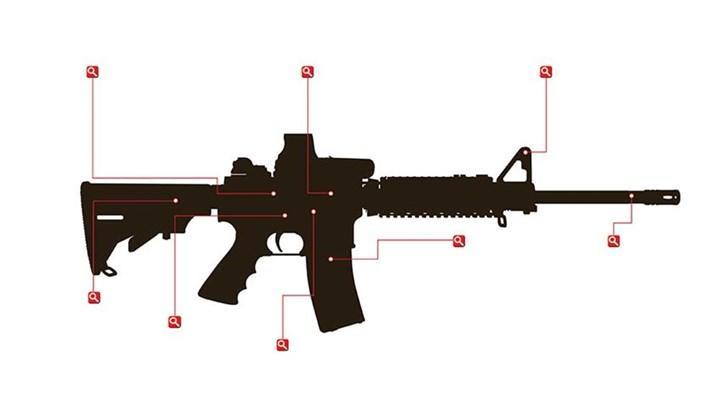More and more Americans are purchasing a firearm for their home. Whether for sport, recreation or self-defense safety and reliability are paramount in that decision. Here are two critical lists of simple questions you should keep in mind when purchasing a gun - new or used.
Before buying any gun, new or used:
- How do you plan to use the gun? Is it multi-purpose, or specific? What are the best caliber, weight and sights for such use?
- Is ammunition readily available for this gun? How much will ammunition cost for the amount of shooting you plan to do? Can this ammunition be easily reloaded?
- How much do you want to spend for this gun?
- Have you studied manufacturers' catalogs, looked at the various makes and models available, as well as their accessory and special feature options?
- Is the gun simple to operate and clean?
- Does the gun fit you, or can it be easily modified to do so?
- Have you read the warranty or guarantee?
- Is the gun produced by a known manufacturer? Are parts and service available and likely to be in the future? Buying a quality brand name will generally insure the availability of future repairs and a return on your investment.
- Does the gun have a good track record for dependability?
- Are you purchasing from a reputable dealer, or from a private seller?
- Can the sights be easily adjusted? If your shooting interests change, will it be easy or difficult to change the sighting options (e.g., will it be possible to add a scope)?
- If you decide to trade or sell your gun, what is its marketability? Could you get most of your money out of it?
- Have you taken your time in making your choice? The chances are quite good that you'll keep this gun for life!
Purchasing a used gun presents several additional challenges. Add this next list to your decision making process when considering a used firearm.
Before buying a used gun:
- Is it possible to locate the previous owner? If you can, find out why the gun was traded or sold.
- A poor outward appearance on a gun generally indicates abuse or excessive wear.
- Make certain a re-blue or refinish job has not disguised the actual past use of the rifle.
- Check the bore for bulges or excessive wear.
- Check the screw slots to determine if they have been abused during disassembly by an inexperienced person.
- Check the trigger for a consistent, safe pull and smooth function.
- Check the safety, if there is a manual safety, to determine if it functions properly.
- Note that guns in an original, unaltered condition tend to be of more value.
- Check the wood, if any, for type, quality and hairline cracks.
- Shoot the gun, if possible, before buying.
- Remember, "you get what you pay for." Beware of any deals that are too good to be true, because they usually are!
Stay safe.


